Rebekah Jones, GIS manager for the Florida Department of Health, was fired a couple of weeks ago, apparently for making the state’s Covid-19 data more accessible and transparent. Florida Today reports on an email that Jones sent to researchers:
She warned that she does not know what the new team’s intentions are for data access, including “what data they are now restricting.”
“I understand, appreciate, and even share your concern about all the dramatic changes that have occurred and those that are yet to come,” she wrote.
“As a word of caution, I would not expect the new team to continue the same level of accessibility and transparency that I made central to the process during the first two months. After all, my commitment to both is largely (arguably entirely) the reason I am no longer managing it.”
Hm.

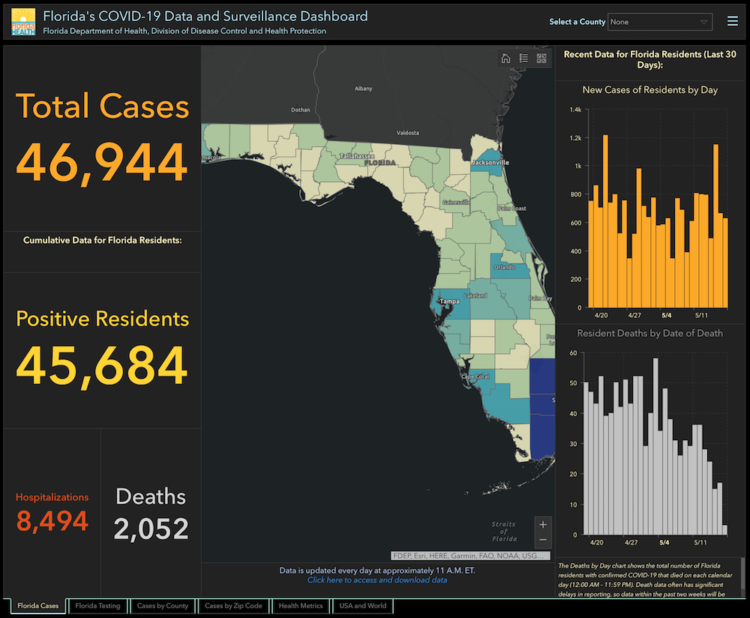

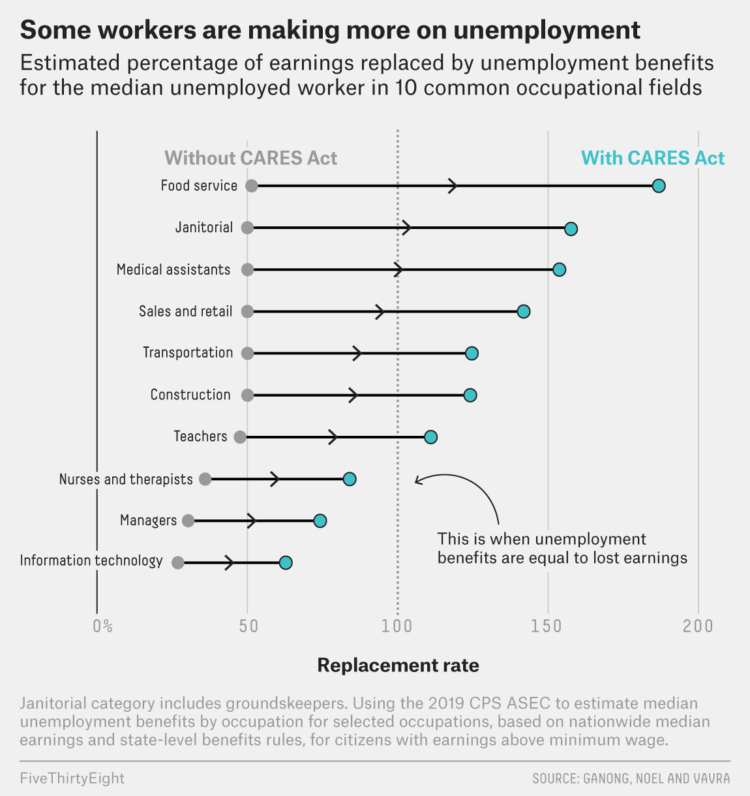
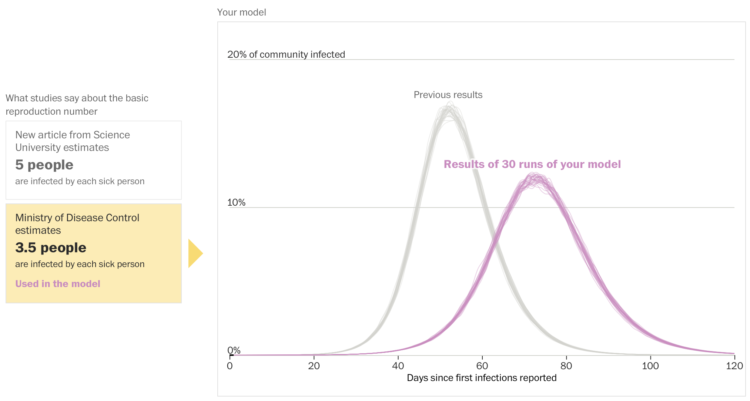
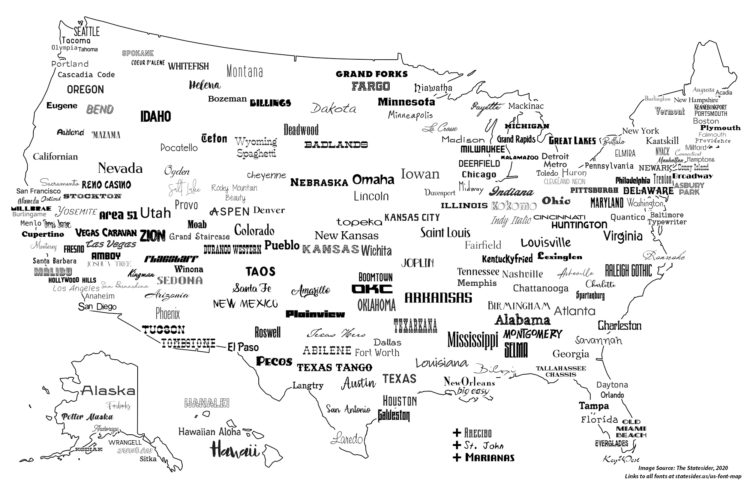

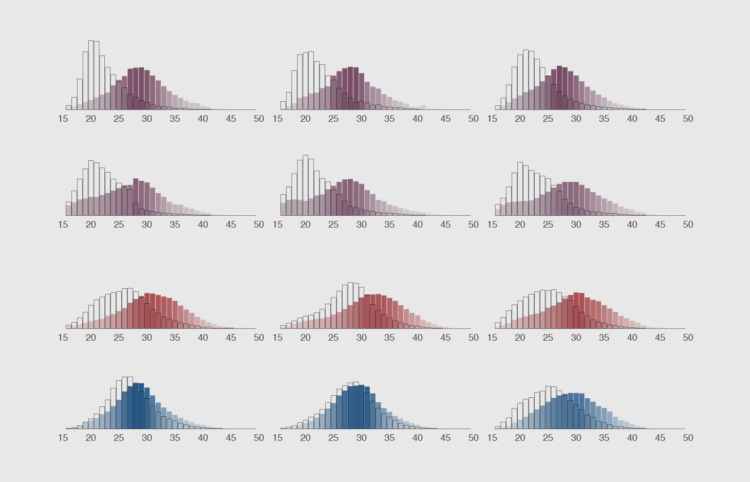
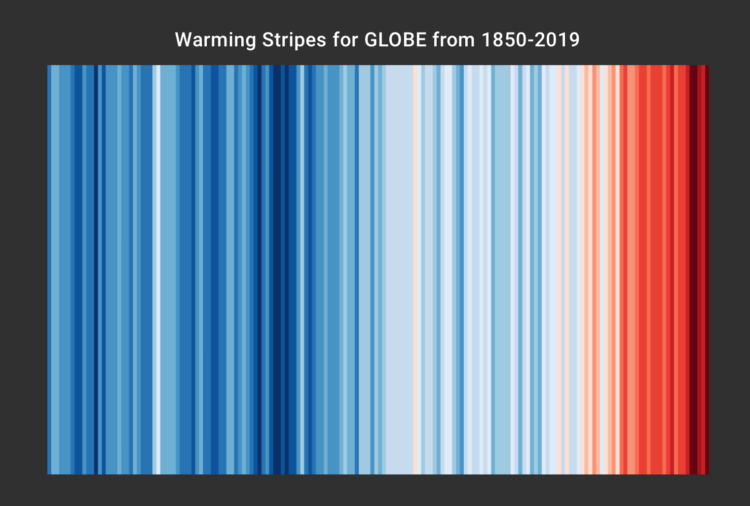

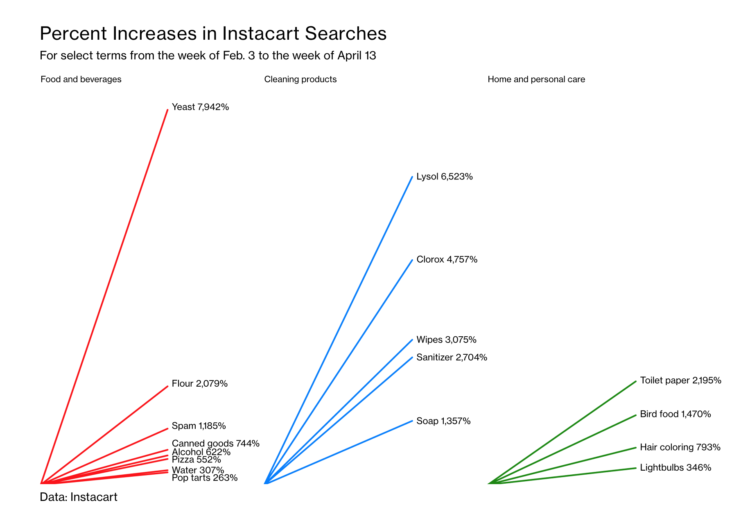

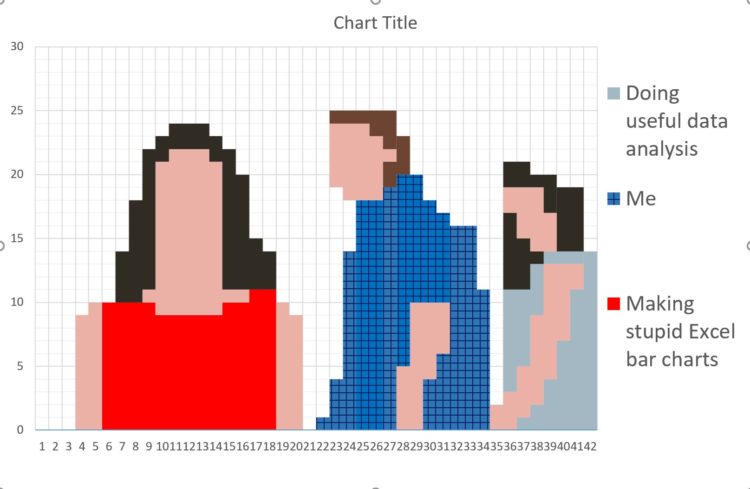
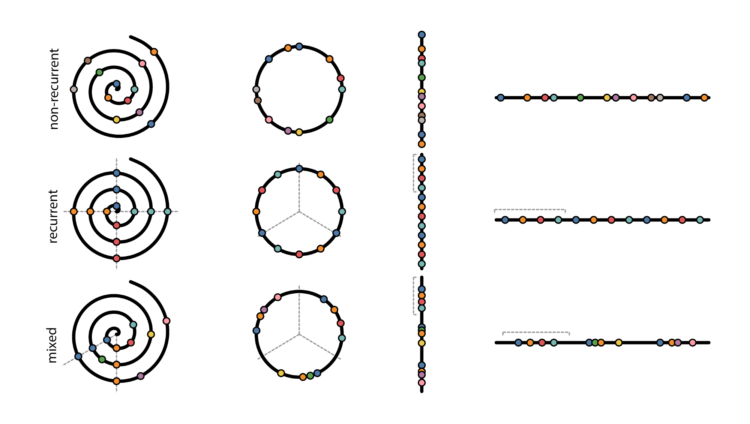
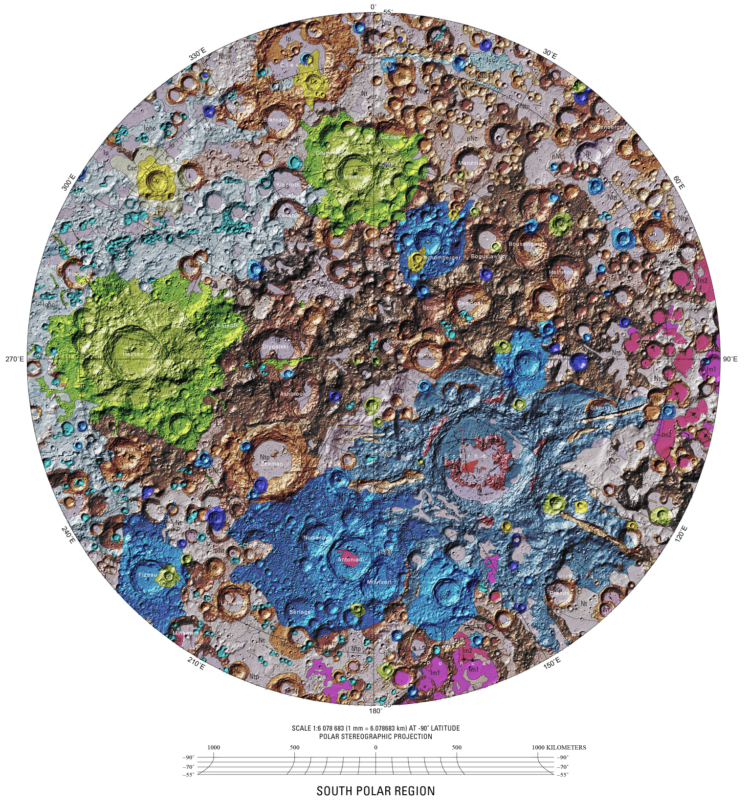
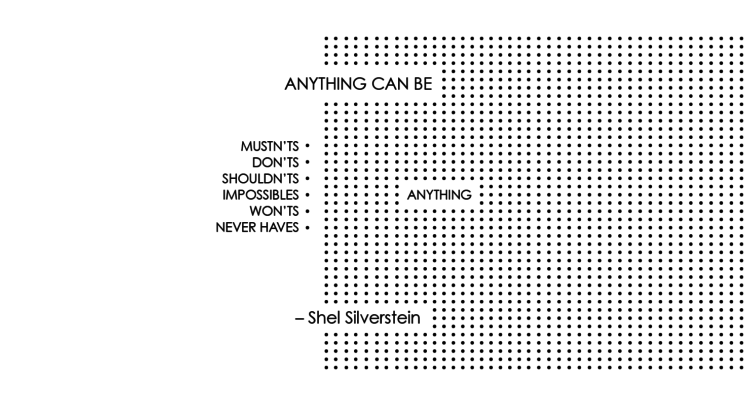
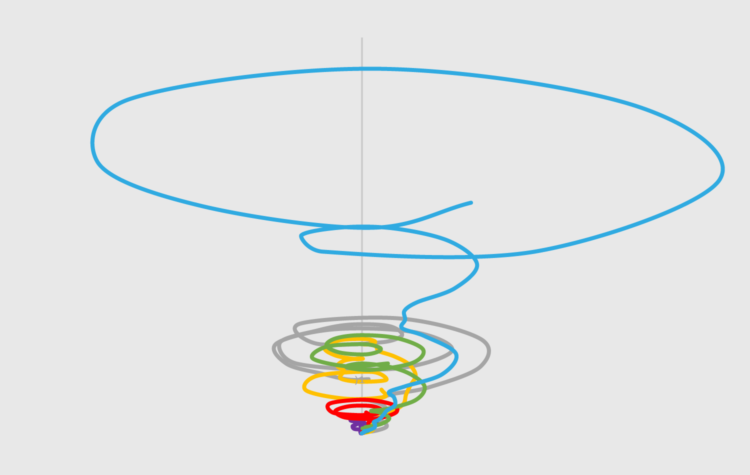
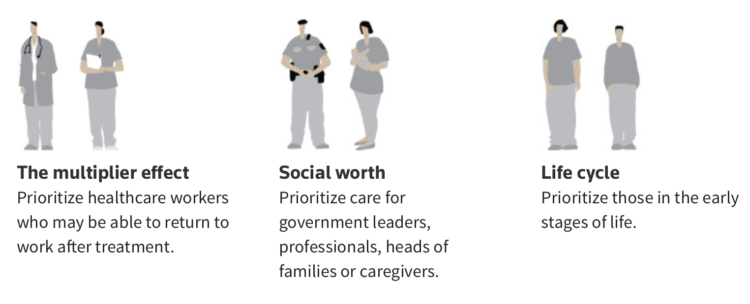

 Visualize This: The FlowingData Guide to Design, Visualization, and Statistics (2nd Edition)
Visualize This: The FlowingData Guide to Design, Visualization, and Statistics (2nd Edition)










